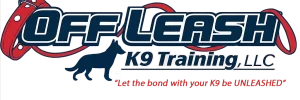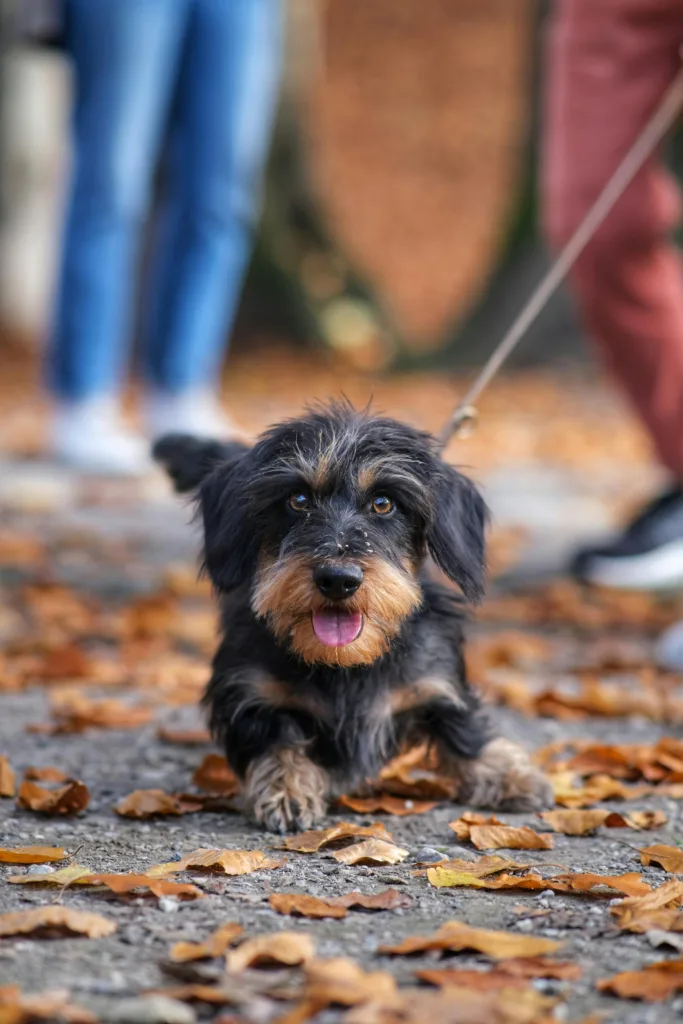Walking your dog should be a peaceful experience. But for many owners, it turns into a stressful battle when their dog barks, lunges, or growls on leash. This behavior is called leash reactivity, and it’s one of the most common challenges we see at Off Leash K9 Training Nashville.
The good news is that leash reactivity doesn’t mean your dog is aggressive. It’s a behavior issue that can be addressed with the right understanding, structure, and training. Let’s explore why it happens, how to fix it, and the myths that often confuse owners.
What Is Leash Reactivity?
Leash reactivity is when a dog overreacts to a stimulus, often another dog, person, or moving object, while on leash. The behavior can include barking, lunging, whining, growling, or pulling.
Without a leash, many reactive dogs are calm or even friendly. The leash itself changes the dynamic because it removes your dog’s natural flight option and restricts movement, creating frustration or defensive behavior.
Common Causes of Leash Reactivity
Understanding the “why” is the first step to fixing leash reactivity.
- Frustration: Excited dogs that want to greet but are held back may bark or lunge.
- Fear: Nervous dogs use reactivity to create space between themselves and the trigger.
- Lack of socialization: Dogs with little exposure to varied environments often overreact.
- Inconsistent leash handling: Pulling back tightly can heighten anxiety or tension.
- Previous negative experiences: A bad encounter with another dog can create ongoing issues.
Every dog is different, which is why identifying the root cause is critical.
Myths About Leash Reactivity
Leash reactivity is often misunderstood. Let’s clear up a few myths:
- Myth 1: A reactive dog is aggressive.
Not true. Many reactive dogs are friendly off-leash. The leash creates frustration or anxiety that changes their behavior. To understand the difference between the two, the AKC’s guide on reactivity vs. aggression provides helpful insights. - Myth 2: They’ll grow out of it.
Most dogs don’t. Without training, reactivity usually gets worse with time. - Myth 3: More exposure will fix it.
Simply walking past more dogs or people won’t solve reactivity. In fact, it can reinforce bad habits. Structured exposure is key. - Myth 4: Punishment stops reactivity.
Correcting without teaching calm alternatives only suppresses the behavior temporarily. Dogs need guidance, not just consequences.
Fixes for Leash Reactivity
Leash reactivity takes patience, but with consistency, your dog can learn to stay calm and focused.
- Teach Engagement
Reward your dog for checking in with you instead of fixating on triggers. Eye contact and handler focus redirect energy positively. - Use Distance Wisely
Start at a comfortable distance from triggers where your dog can remain calm. Slowly close the gap over time as your dog improves. - Reinforce Obedience
Commands like sit, place, and heel keep your dog structured and reduce the chance of overreaction. This is where our Basic and Advanced Obedience Program becomes invaluable. - Manage Energy Before Walks
A dog with pent-up energy is more likely to explode on leash. Play structured games or run obedience drills before high-distraction walks. - Practice Neutral Socialization
Your dog doesn’t need to greet every person or dog. Teach them that calm neutrality is the goal.
The Role of Owner Energy
One often overlooked factor in leash reactivity is the owner’s state of mind. If you’re tense, frustrated, or anxious, your dog will pick up on that energy and escalate. We break down this concept further in our blog on why your dog’s behavior improves faster with professional help, which explains how your emotions influence your dog’s responses.
Real-World Example
One of my clients had a shepherd mix that lunged at every dog during walks. Off-leash in the yard, he was playful and social. The leash frustration caused the issue. By working engagement drills, using controlled exposure at a distance, and reinforcing commands like heel, the owner saw dramatic improvement in just a few weeks.
Building Confidence With Structured Play
Leash reactivity often stems from anxiety or overstimulation. Structured play helps dogs burn energy while reinforcing impulse control. We covered this balance in our blog on dog parks vs. structured play, showing how controlled interactions lead to better behavior.
When to Seek Help
If your dog’s reactivity feels overwhelming, don’t wait for it to resolve on its own. Professional training provides the tools and guidance you need to rebuild confidence and control.
At Off Leash K9 Training Nashville, we specialize in real-world obedience. We’ve helped countless families turn stressful walks into calm, controlled outings.
Final Thoughts
Leash reactivity is one of the most frustrating problems for dog owners, but it doesn’t have to last forever. With the right approach, your dog can learn to walk calmly, ignore distractions, and enjoy life by your side.
Struggling with reactivity on walks? Reach out through our contact page and let us help you bring peace back to your daily walks.

